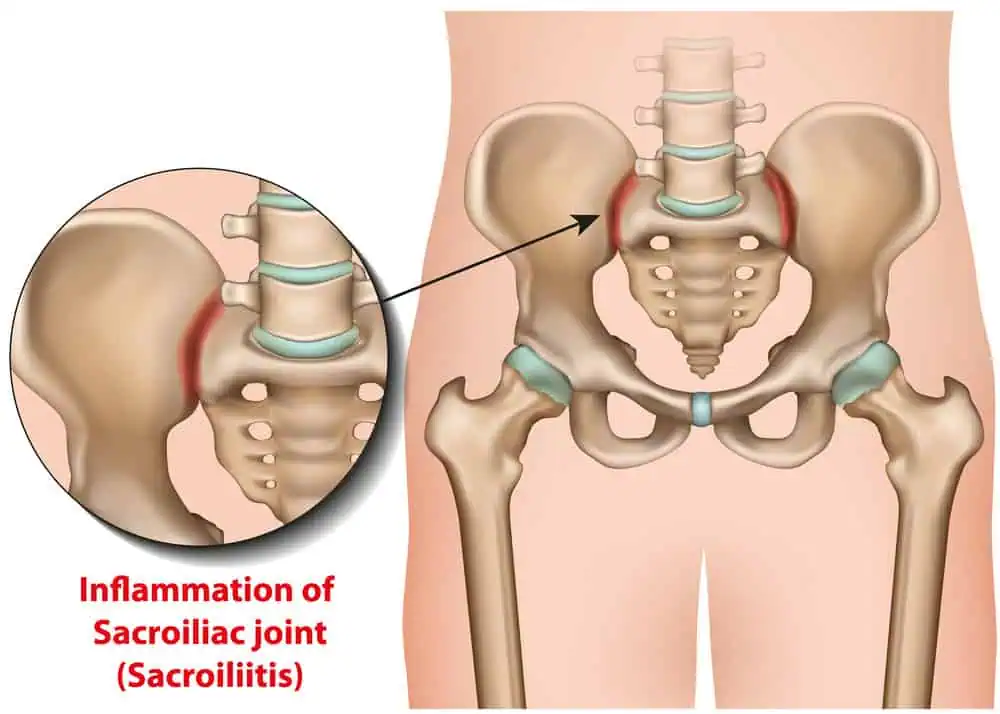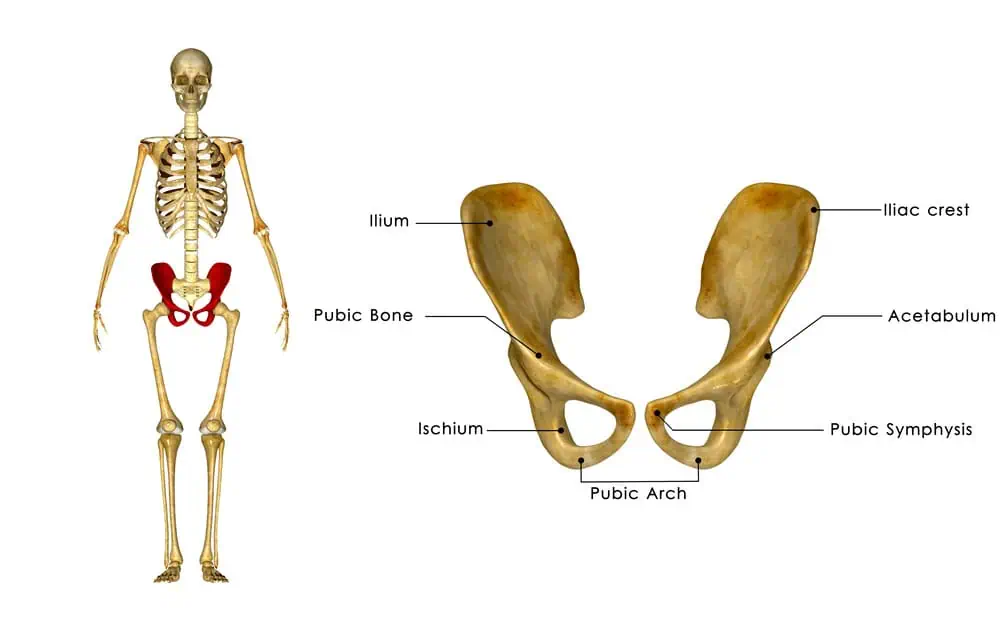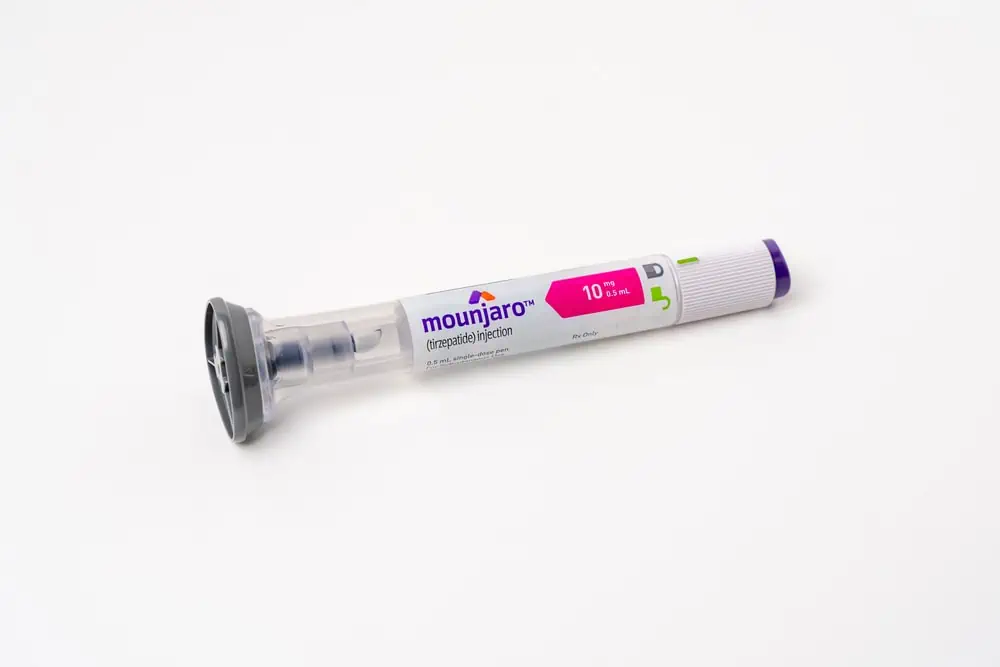Sacroiliac joint injections are a therapeutic option for individuals experiencing chronic lower back pain attributed to dysfunction in the sacroiliac joints. This procedure, which involves the injection of a corticosteroid and an anaesthetic into the sacroiliac joint, can provide both a diagnostic function and pain relief. By targeting the source of pain directly, the injection can help to reduce inflammation and alleviate discomfort.

For many patients dealing with persistent lower back pain, sacroiliac joint injections offer a minimally invasive alternative to surgery. The effectiveness of the injections varies from person to person, but they can be a crucial step in the management of sacroiliac joint dysfunction. When performed by an experienced healthcare provider, this procedure is typically quick, and many patients can return home the same day with the potential for months of pain relief.
Key Takeaways
- Sacroiliac joint injections can offer significant pain relief for chronic lower back pain.
- They serve both diagnostic and therapeutic purposes, aiding in the management of sacroiliac joint dysfunction.
- The procedure is typically minimally invasive with many patients experiencing relief without requiring major surgery.
Understanding Sacroiliac Joint Dysfunction
In this section, we’re going to focus on the sacroiliac joint, the symptoms when its function is disrupted, and the possible underlying causes and risk factors contributing to this condition.
Anatomy of the Sacroiliac Joint
The sacroiliac joint connects the pelvis to the lower spine, specifically linking the sacrum to the iliac bones. This joint is critical for effectively transferring weight and forces between the upper body and legs. It’s supported by a network of strong ligaments and muscles, which maintain stability and limit its mobility.
Symptoms of SI Joint Dysfunction
Symptoms associated with SI joint dysfunction can be quite specific. Patients often report lower back pain that can extend to the buttocks and thighs. Discomfort usually occurs on one side of the body and can be exacerbated by standing or walking. Additionally, the pain might flare up when standing up from a seated position or while performing twisting movements.
Causes and Risk Factors
Several factors could lead to the disruption of the sacroiliac joint’s normal function. Aging and arthritis are common causes as they can lead to degeneration of the joint. Pregnancy can also be a risk factor due to the increased weight and altered walking pattern, which place additional stress on the SI joints. Previous injury to the ligaments surrounding the joint may contribute to SI joint dysfunction too. It’s imperative to recognize that while some may be at higher risk, anyone can be affected by this condition.
Diagnostic Process
In diagnosing sacroiliac (SI) joint dysfunction, we emphasize a meticulous approach, incorporating both clinical and imaging evaluations, and if necessary, diagnostic injections for definitive confirmation.

Physical Examination
During our physical exam, we meticulously assess for SI joint pain by palpating specific areas. This involves stressing the SI joints through various movements, which can elicit discomfort in the affected joint.
Imaging Tests
Imaging tests play a fundamental role in the diagnostic process. An X-ray can reveal signs of damage or alterations in the SI joint, while MRI (Magnetic Resonance Imaging) provides detailed images, displaying inflammation or other pathological changes that X-ray might not detect. In certain cases, fluoroscopy—a real-time form of X-ray—enhances the precision of diagnostic procedures.
Diagnostic Sacroiliac Joint Injections
Diagnostic injections are a cornerstone in confirming SI joint dysfunction. By injecting a local anesthetic into the SI joint under fluoroscopic guidance, we can directly assess the joint for pain relief. A marked decrease in pain following the injection strongly suggests an SI joint origin of the pain.
Sacroiliac Joint Injection Procedure

Sacroiliac joint injections are a targeted treatment for pain originating from the sacroiliac joint, utilizing a combination of an anesthetic and a corticosteroid to alleviate discomfort and inflammation.
Types of Sacroiliac Injections
There are primarily two types of sacroiliac joint injections that we consider: one purely for diagnostic purposes and the other for therapeutic relief. Diagnostic injections use a local anesthetic to pinpoint the source of pain, determining if the sacroiliac joint is the cause. Therapeutic injections include both a local anesthetic for immediate pain relief and a corticosteroid to reduce inflammation over time.
Procedure Preparation
Before we administer a sacroiliac joint injection, we ensure that our patients understand the procedure and are properly prepared. We typically recommend fasting for several hours prior to the injection. Additionally, we may advise temporarily discontinuing certain medications that could affect bleeding risk. Pre-procedure imaging studies, such as an MRI or CT, might also be reviewed to aid in the precise placement of the injection.
The Injection Process
We perform the sacroiliac joint injection procedure under ultrasound guidance or live x-ray (fluoroscopy) to ensure accurate placement of the needle. Initially, we clean and numb the injection site with a local anesthetic. Next, we carefully insert a needle into the joint and, once properly positioned, inject a mixture of anesthetic for pain relief and corticosteroid to reduce joint inflammation.
Post-Procedure Care
After the procedure, patients are monitored for a short period. We typically apply a bandage over the injection site and provide specific activity restrictions to ensure a smooth recovery. As the anesthetic wears off, patients may experience a temporary increase in pain until the corticosteroid takes effect. We advise keeping a diary of pain levels following the injection to assess its effectiveness and inform further treatment.
Efficacy and Outcomes
In our analysis, we focus on the specific success rates and definitive outcomes associated with Sacroiliac Joint (SI) injections. We assess both the immediate and long-lasting effects that patients may experience following this treatment, aiming to provide a comprehensive understanding of its efficacy.

Success Rate of SI Joint Injections
Research indicates that SI joint injections can be effective for diagnosing and managing lower back pain. Across various studies, success rates can vary, with some reporting significant pain relief in patients. The effectiveness of these injections is determined by their ability to alleviate pain originating from the sacroiliac joint. According to a peer-reviewed source, patients typically undergo a thorough evaluation to ensure that the SI joint is the true source of pain before proceeding with the injections.
Short-Term and Long-Term Effects
The immediate relief from SI joint injections is often rapid, with effects that can last for a minimum duration of one month, as presented in initial studies. However, the long-term outcomes for this treatment can be more variable. Follow-up care and the possibility of repeat injections may be considered based on the patient’s response to the initial treatment. For a closer look at the range of efficacies over time, one may examine the details regarding both the short-term and extended effects of the injections.
Potential Risks and Complications

While sacroiliac joint injections can be effective for pain relief, it’s important to be aware of the potential risks and side effects associated with the procedure. We aim to provide a straightforward account of what patients might expect in terms of complications and usual side effects.
Common Side Effects
- Temporary Pain: Patients may experience discomfort at the injection site following the procedure.
- Swelling and Numbness: Mild swelling and numbness can occur, but these symptoms usually dissipate quickly.
Serious Complications
- Infection: Although rare, there is a risk of infection at the injection site or within the joint.
- Bleeding: Patients on blood thinners or with bleeding disorders may be at higher risk of bleeding complications.
- Nerve Damage: On very few occasions, the needle could damage nearby nerves.
- Allergic Reaction: Some patients might experience an allergic reaction to the medication used in the injection.
- Worsening of Diabetes Symptoms: Diabetics may notice a temporary increase in blood sugar levels post-procedure.
Alternative and Complementary Therapies

When managing sacroiliac joint pain, we often consider alternative and complementary therapies alongside more traditional medical treatments. These therapies can range from physical rehabilitation to less conventional methods.
Physical Therapy and Exercise
We emphasize the importance of physical therapy and regular exercise in addressing sacroiliac joint pain. A structured program can increase strength and flexibility, potentially leading to reduced pain and increased function. The focus is on:
- Strengthening exercises: Targeting the muscles around the sacroiliac joint.
- Flexibility routines: Improving the range of motion of the hips and lower back.
Radiofrequency Ablation
Radiofrequency ablation (RFA) is a procedure that uses heat generated from radio waves to target specific nerves that carry pain signals from the sacroiliac joint. The efficacy of RFA can be pronounced for some patients, offering:
- Pain relief: For an extended period, often up to several months.
- Functionality improvement: Allowing patients to participate more fully in physical therapy and exercise.
Prolotherapy
Lastly, we explore the potential of prolotherapy, a treatment involving the injection of a sugar solution or other irritant to promote ligament strengthening and tissue repair. Studies on prolotherapy can be found in reputable databases such as PubMed. Benefits include:
- Tissue Repair: Catalyzing the body’s healing response.
- Pain Reduction: Over the long term, by enhancing joint stability.
Each of these therapies serves as a potential avenue toward augmenting traditional treatment methods and may offer specific benefits for our sacroiliac joint pain management strategy.
Aftercare and Pain Management

After receiving a sacroiliac joint injection, we focus on mitigating discomfort and promoting a swift recovery. The two main components of this phase are managing pain at home and adhering to follow-up schedules with healthcare providers.
Medications and Home Care
Upon completion of the procedure, it’s essential to use ice on the targeted area to reduce swelling. We recommend applying ice packs for about 20 minutes, repeating this 2 to 3 times a day, ensuring there’s a protective barrier between the ice and skin. If muscles are tight, heat can provide relief; using a heating pad on a low setting helps loosen muscles. However, alternating between heat or ice should be done with caution, and following the healthcare provider’s advice is crucial.
For managing pain, over-the-counter medication might be sufficient, but it’s important to take any prescribed medication exactly as instructed. During this period, adequate rest is important, but we also encourage gentle activities that do not strain the lower back.
Follow-Up Appointments
Scheduling follow-up appointments with the healthcare provider allows for monitoring progress and addressing any concerns. The first follow-up is often within a few weeks post-injection to assess the effectiveness of pain management and to inform further treatment if necessary. It’s important for us to keep these appointments to ensure proper recovery and to adjust pain management strategies as needed.
Choosing a Healthcare Provider

When seeking treatment for sacroiliac joint issues, it’s crucial to select the right healthcare provider. We must ensure that the provider has the appropriate expertise and experience in administering sacroiliac joint injections.
Finding a Specialist
Identifying a healthcare provider who specializes in sacroiliac joint injections often begins with a search for either an orthopedic surgeon or a physiatrist. These specialists have the skills necessary to accurately diagnose and treat pain originating from the sacroiliac joint. Orthopedic surgeons primarily focus on musculoskeletal issues and may offer surgical alternatives if injections do not provide relief. Physiatrists, also known as physical medicine and rehabilitation physicians, specialize in non-surgical treatment options. For the most accurate results, we often recommend selecting a provider with a strong background in interventional pain management.
- To find a specialist:
- Seek referrals from your primary care physician
- Contact your insurance provider for a list of covered specialists
- Look for local pain clinics with a focus on spine health
Questions to Ask Your Physician
Before proceeding with sacroiliac joint injections, it’s important that we ask our physician specific questions to understand their qualifications and the procedure. Here’s what we should inquire about:
Qualifications and Experience:
- How many sacroiliac joint injections have you performed?
- What is your success rate with this procedure?
Details about the Procedure:
- Can you describe how the procedure is performed?
- Will the injections be guided by X-ray or ultrasound?
Expected Outcomes and Risks:
- What results can we realistically expect?
- What are the potential risks and side effects of the procedure?
Aftercare and Follow-up:
- What should we expect during recovery?
- Will there be a need for follow-up visits or additional treatments?
It’s important that we feel confident and well-informed after speaking with a healthcare provider before deciding to proceed with the injections.
Frequently Asked Questions
What are sacroiliac joint injections?
We use sacroiliac joint injections primarily as a means to diagnose and alleviate pain in the sacroiliac joints, which are located in the lower back where the pelvis meets the spine.
How long does the procedure take?
Generally, the procedure is brief, often taking less than 15 minutes to perform in an outpatient setting.
What relief can I expect from the injection?
The relief may vary, but patients typically experience a reduction in inflammation and pain after the treatment. An anesthetic provides immediate, though temporary, relief followed by longer-term relief from the corticosteroid.
| Are there any risks? |
|---|
| Yes, as with any medical procedure, there are potential risks including infection, bleeding, and increased pain. It’s important to discuss these with your healthcare provider. |
Will I need to stay at the hospital?
No, sacroiliac joint injections are usually done on an outpatient basis, allowing you to go home the same day.
What is the success rate for these injections?
The success rate can vary based on the individual’s condition and response to the injection. Many patients report significant pain relief, but it’s best to set realistic expectations with your doctor.
For more detailed information on sacroiliac joint injections, including personal experiences and medical advice, our readers can look at peer-reviewed resources such as Sacroiliac (SI) joint injections are effective for better understanding the procedure’s efficacy. Additionally, insights into the costs of SI joint injections offer practical information about the financial aspect of the treatment.
Frequently Asked Questions
In this section, we’ll address common inquiries regarding sacroiliac joint injections, providing clear information to help you understand what to expect from this treatment.
What is the recovery time after receiving an SI joint injection?
Recovery time can vary, but patients can typically resume their normal activities within a day. Pain relief may be experienced as soon as the day after the injection.
What are the potential risks and complications associated with sacroiliac joint injections?
While generally safe, these injections carry potential risks such as infection, bleeding, allergic reaction, and temporary increase in pain. Understanding the risks is vital before proceeding.
How often can sacroiliac joint injections be administered?
SI joint injections are usually limited to a few times per year to reduce potential side effects associated with corticosteroids.
What symptoms indicate that an SI joint injection may be beneficial?
An SI joint injection may help if you’re experiencing lower back pain, discomfort extending into your buttocks or upper leg, and pain that worsens with standing or walking.
Who is an ideal candidate for sacroiliac joint injections?
Candidates typically have chronic lower back pain attributed to SI joint dysfunction, which hasn’t responded to other non-invasive treatments.
Are there any alternatives to sacroiliac joint injections for managing SI joint pain?
Yes, alternatives include physical therapy, medication, and, in some cases, minimally invasive SI joint surgery.














